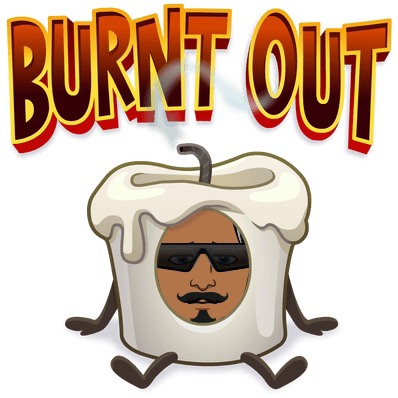superkids india: cavities preventive restoration

🌟 Introducing SuperKids India: Your Partner in Pediatric Oral Health! 🌟 Are you a parent concerned about your child's dental health? Look no further! SuperKids India presents an innovative solution to tackle high caries incidences in kids aged 3 to 12 . Our comprehensive kit includes topical fluoride gel application trays, an informative leaflet, and a follow-up QR code for tracking your child's caries index. Superman Flying GIF from Superman GIFs 🦷 Why Choose SuperKids India? 🦷 🌼 ** Topical Fluoride Gel Application Trays**: Our specially designed trays ensure precise application of fluoride gel, a proven cavity-fighting agent. Applied topically, fluoride strengthens enamel, making teeth more resistant to acid attacks. 📖 ** Informative Leaflet**: Empower yourself with essential knowledge about pediatric oral care. Our leaflet guides you through proper brushing techniques, diet tips, and how to use the fluoride gel application trays effectively. 📊 ** Fol...



